Key Takeaways:
- Breaking down the realities of varicose and spider veins and their implications on overall well-being.
- Identifying signals indicating underlying vein health issues and the importance of proactive medical consultations.
- Exploring the swath of lifestyle adjustments that could improve vein health and prevent the worsening of existing conditions.
- A walk-through of innovative, minimally invasive vein treatments that provide relief with minimal downtime.
Table of Contents
What Are Varicose Veins and Spider Veins?
When veins become enlarged, twisted, and overfilled with blood, they are known as varicose veins. These often unsightly and uncomfortable veins differ from spider veins, smaller, visible veins that appear just below the skin’s surface in a web-like pattern. That is why many are wondering how to treat vein disease in Tulsa or their city. While varicose and spider veins share certain superficial similarities, they differ in size, depth, and how they affect health and well-being. Varicose veins can contribute to aching and pain and may indicate vascular health concerns. Common risk factors for developing these vein conditions include aging, a sedentary lifestyle, hormonal fluctuations, and genetic predispositions.
Signs and Symptoms to Watch For
Vein issues manifest through a variety of symptoms that should not be ignored. These include leg discomfort, swelling, heaviness, and the visual prominence of veins beneath the skin. People might also experience night cramps, restless legs, or an itchy sensation around the affected area. It is paramount to consult a healthcare provider if such symptoms persist, as these could be harbingers of more serious health conditions like deep vein thrombosis. Listening to one’s body and seeking professional guidance can be instrumental in averting potential complications.
Diagnosis of Vein Conditions
An accurate diagnosis of vein disorders begins with a comprehensive physical examination, typically complemented by advanced imaging techniques such as duplex ultrasound. This imaging technology evaluates blood flow through the veins and identifies blockages or reflux. Patients might also undergo additional tests to assess the severity of their vein conditions and tailor a personalized treatment plan that optimizes outcomes and enhances life quality.
Lifestyle Choices for Optimal Vein Health
Active engagement in one’s vein health can lead to significant improvements. Regular cardiovascular exercises like walking, swimming, or cycling enhance circulation and mitigate undue pressure on the veins. Nutritionally, a diet rich in antioxidants, bioflavonoids, and fiber, paired with adequate hydration, plays a critical role in maintaining vein wall strength and flexibility. Simple behavioral modifications, such as elevating the legs when resting and avoiding prolonged periods of standing or sitting, can also be beneficial. These practices collectively contribute to the prevention of new vein issues and the management of existing conditions.
Minimally Invasive Vein Treatments
Moving beyond the limitations of traditional surgery, minimally invasive treatments promise an efficacious and patient-friendly approach to vein care. These advanced procedures, which include sclerotherapy, laser surgeries, and radiofrequency ablation, provide less painful alternatives with reduced risk of complications. Adopting state-of-the-art technologies, such treatments have revolutionized the management of venous diseases, minimizing downtime and allowing rapid return to daily activities.
Sclerotherapy Explained
Sclerotherapy is a premier option for managing smaller varicose veins and spider veins. It involves injecting a sclerosant solution into the affected veins, causing irritation and subsequent closure of the treated vessel. Over time, the body naturally reabsorbs the vein, leading to a reduction in visual imperfections and alleviation of discomfort. The efficacy and safety profiles of sclerotherapy make it a staple in vein treatment.
Endovenous Ablation Techniques
Endovenous ablation represents a leap forward in vein care for those with more problematic varicose veins. This technique employs heat generated by laser or radiofrequency to seal off malfunctioning veins from within. The procedure boasts high success rates and minimal discomfort; patients typically experience swift recovery times. With guidance from proficient specialists, endovenous ablation can offer long-lasting relief for patients with chronic venous disorders.
The Role of Compression Therapy
Compression therapy is an effective conservative management option for patients with venous diseases. Using compression stockings, patients can apply graduated pressure to the lower extremities, facilitating improved venous return and mitigating swelling and pain. When correctly implemented, this therapy can slow the progression of vein disease and enhance the effects of other treatments. It is often used as a supplementary measure.
Preparing for Vein Treatment
Before embarking on any vein treatment, engaging with a certified phlebologist or vascular specialist is essential. Prospective patients should prepare a list of questions concerning the proposed treatments’ risks, benefits, and expected results. It’s also wise to inquire about the provider’s experience and the frequency with which they perform the procedure and seek testimonials from past patients. A thorough consultation promotes a clear understanding of the treatment pathway, aligning expectations with achievable outcomes.
The Future of Vein Treatment
The horizon of vein care is constantly expanding as clinicians and researchers innovate new methods and refine existing techniques. From non-thermal ablation methods to pharmacological advances, the field adapts to offer higher standards of care and patient satisfaction. Staying abreast of these developments can empower individuals to make informed decisions about their vascular health. As this progress unfolds, patients can look forward to a future where vein disease management is even more effective and less intrusive.
















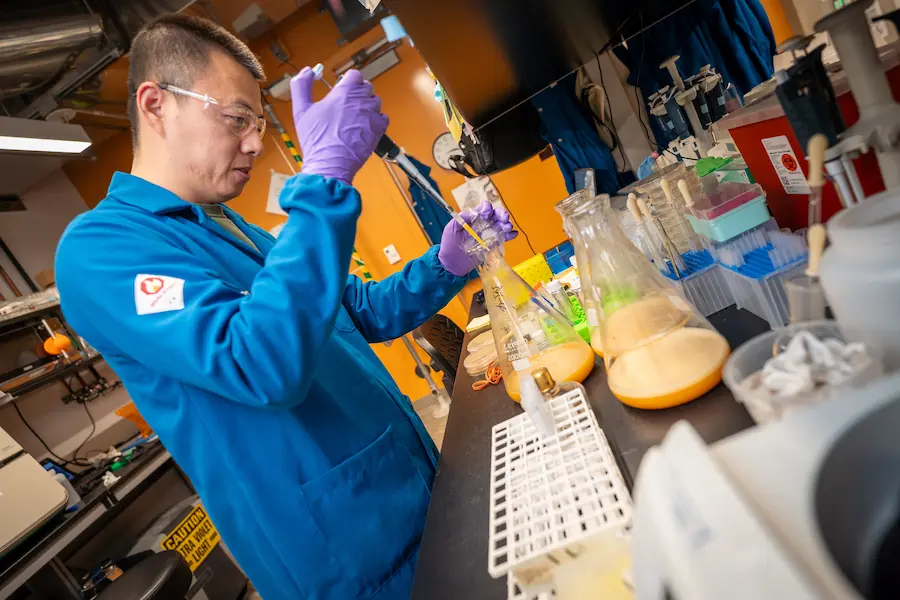


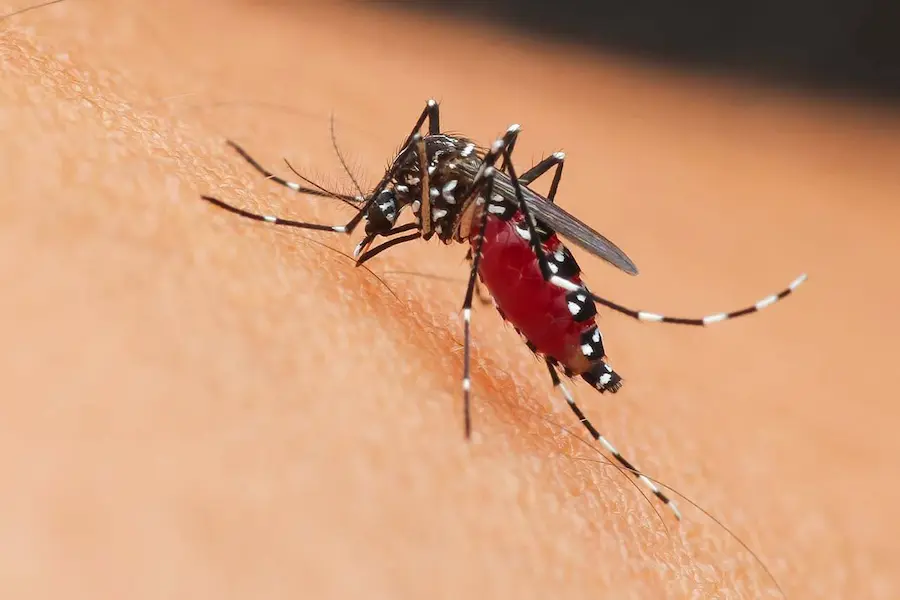

































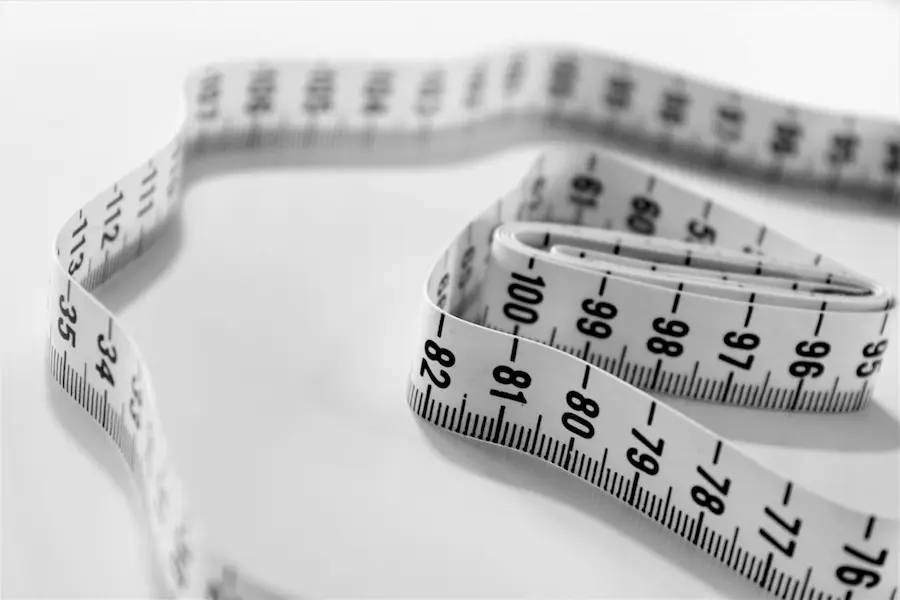





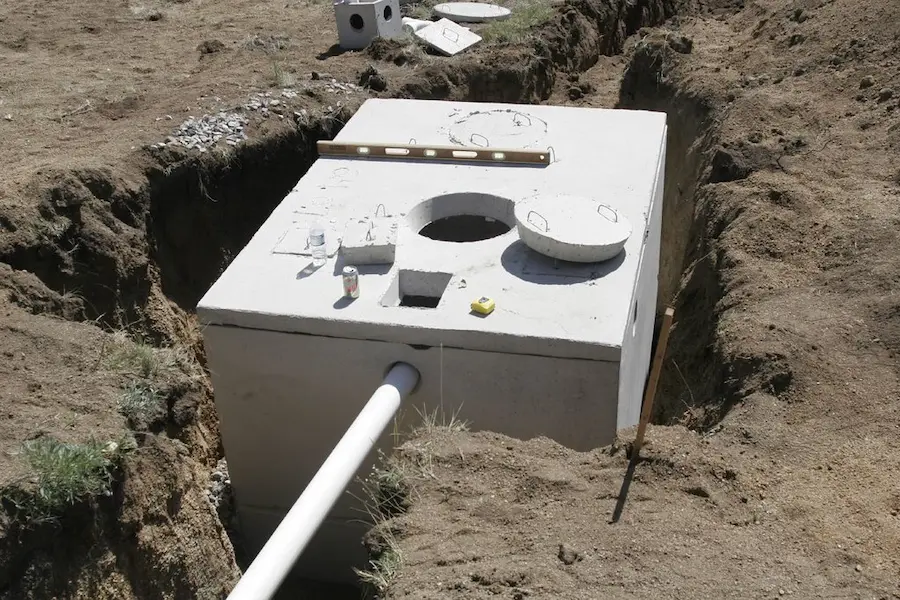



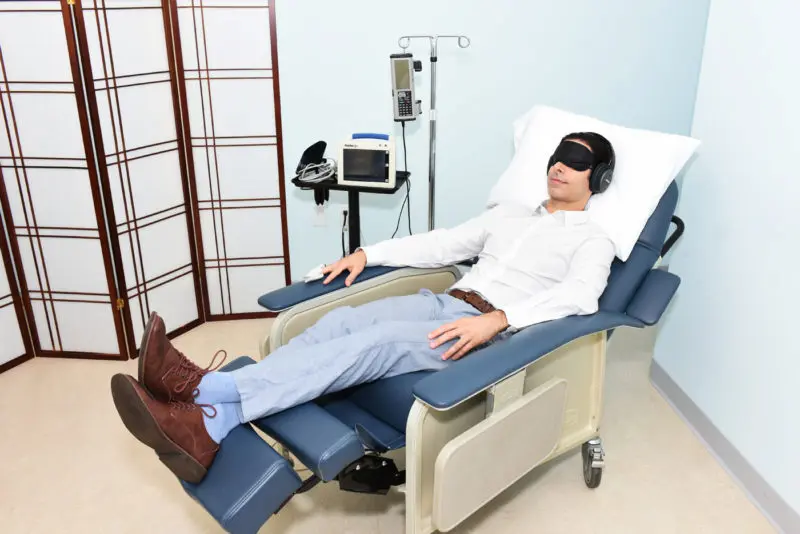
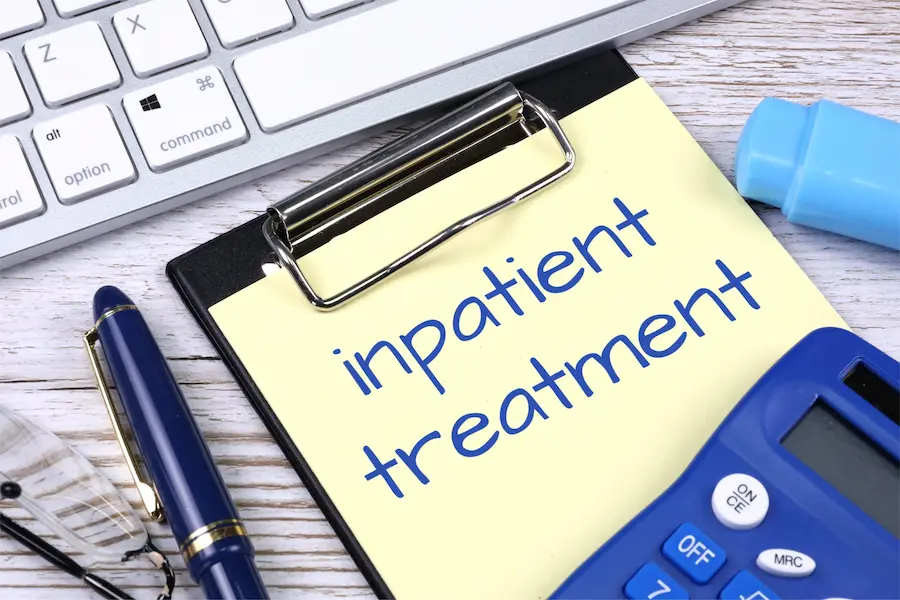















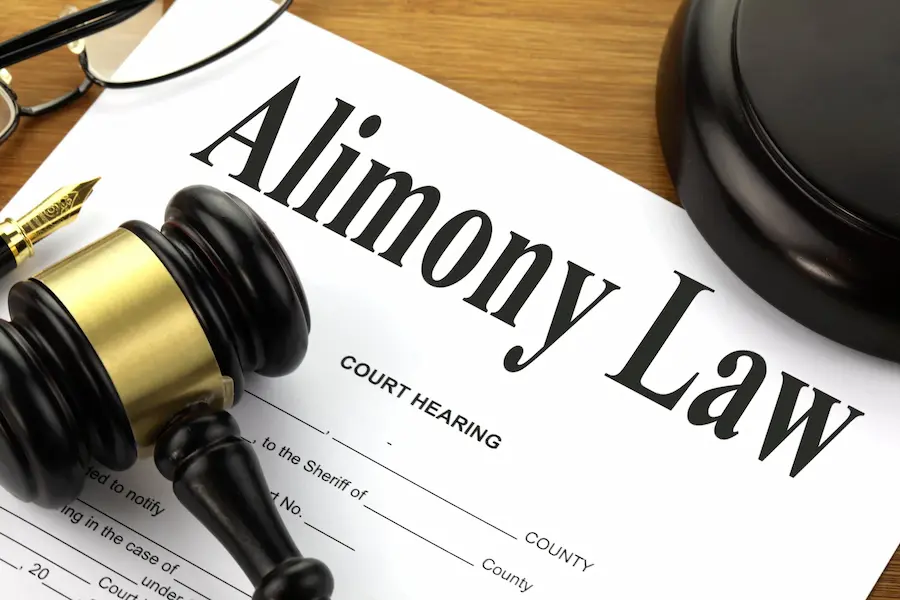



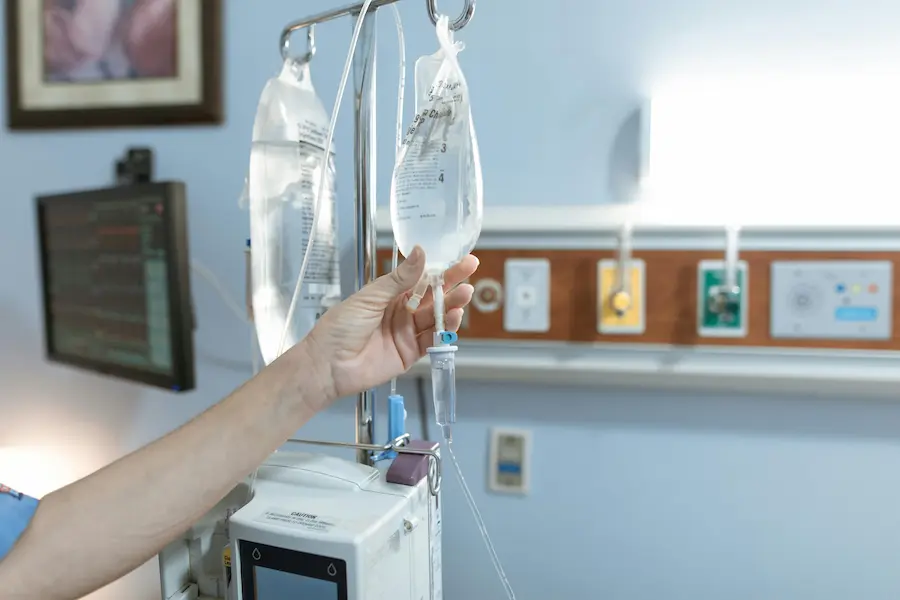























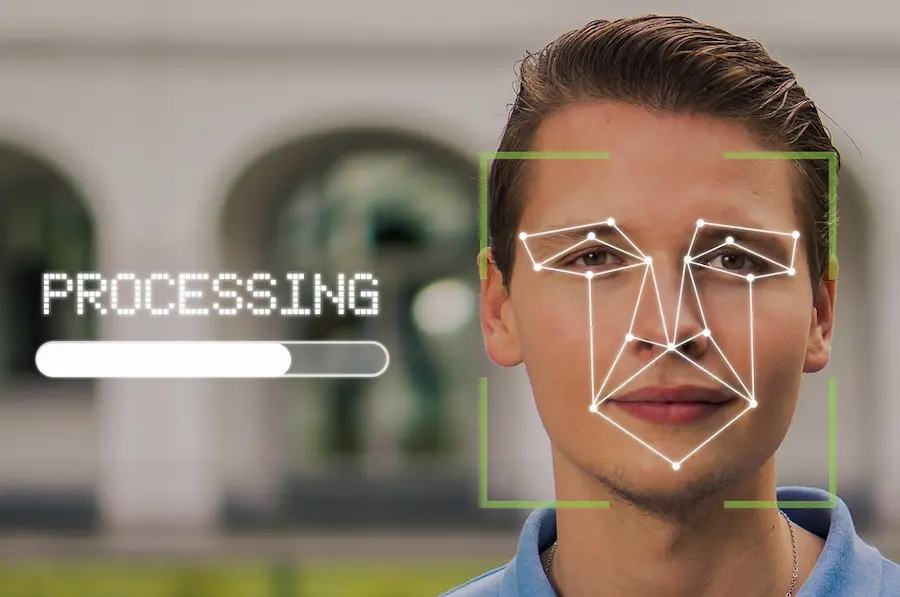



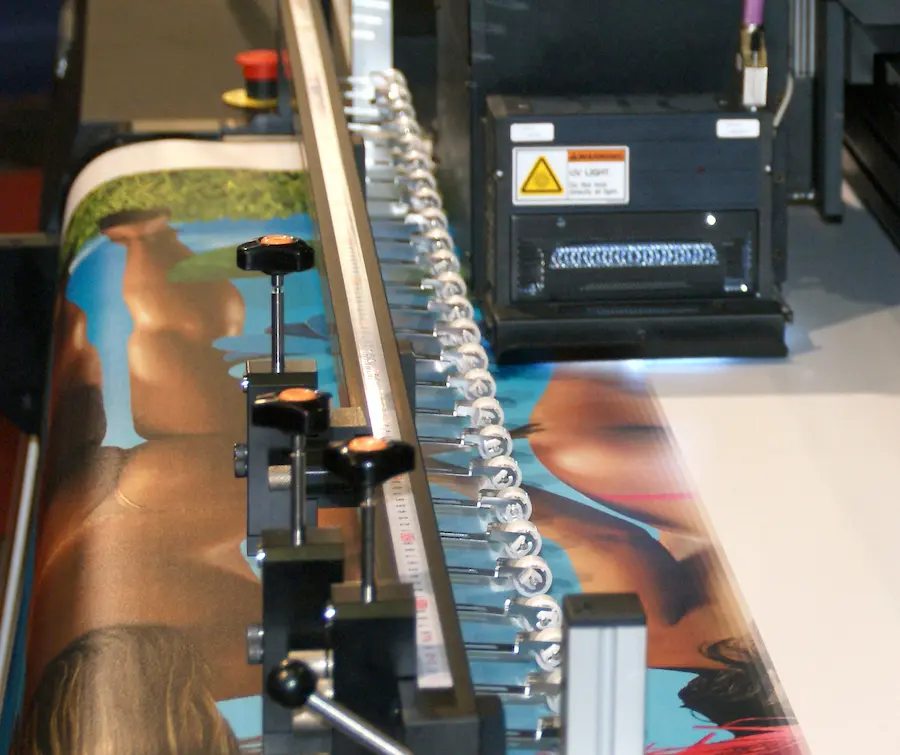






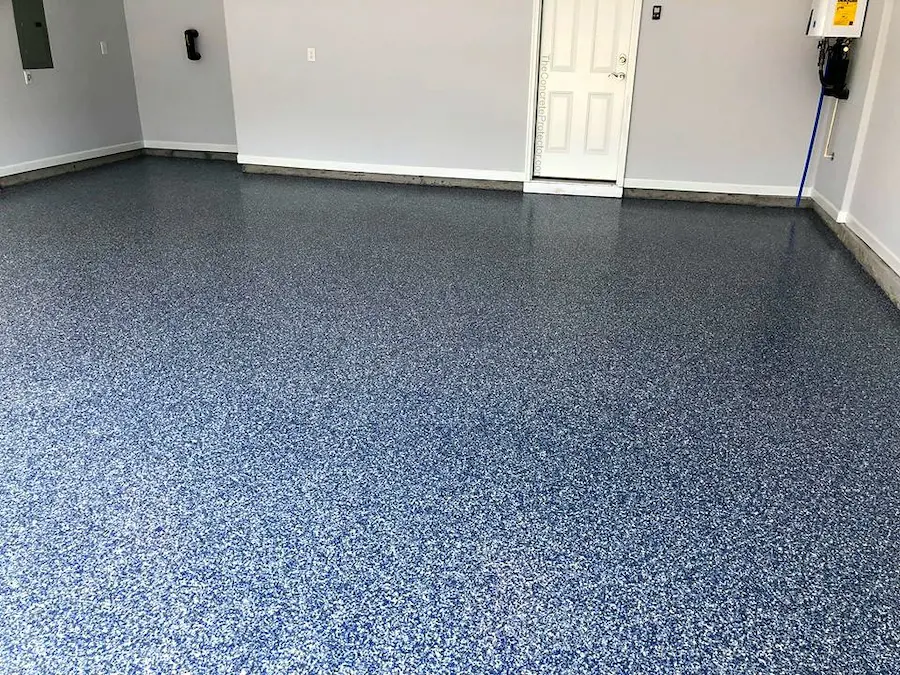




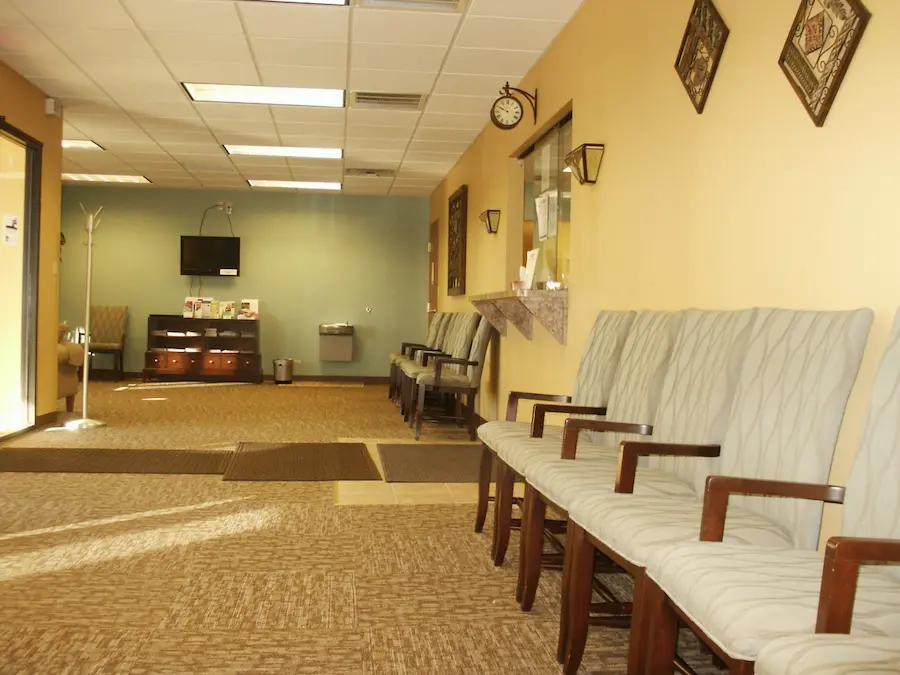











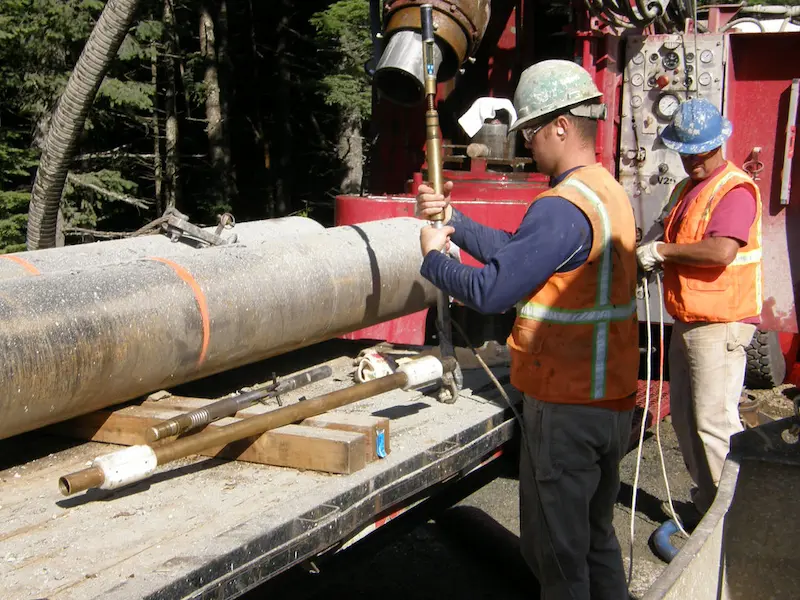


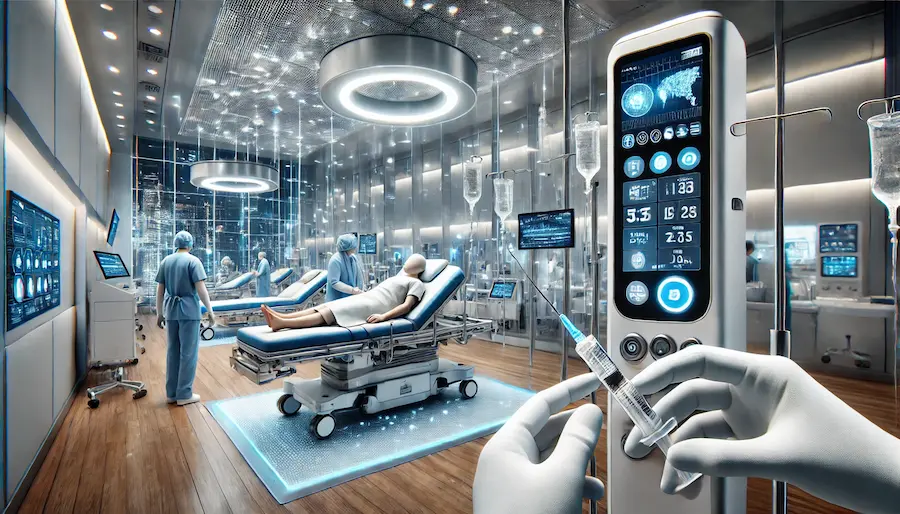






















































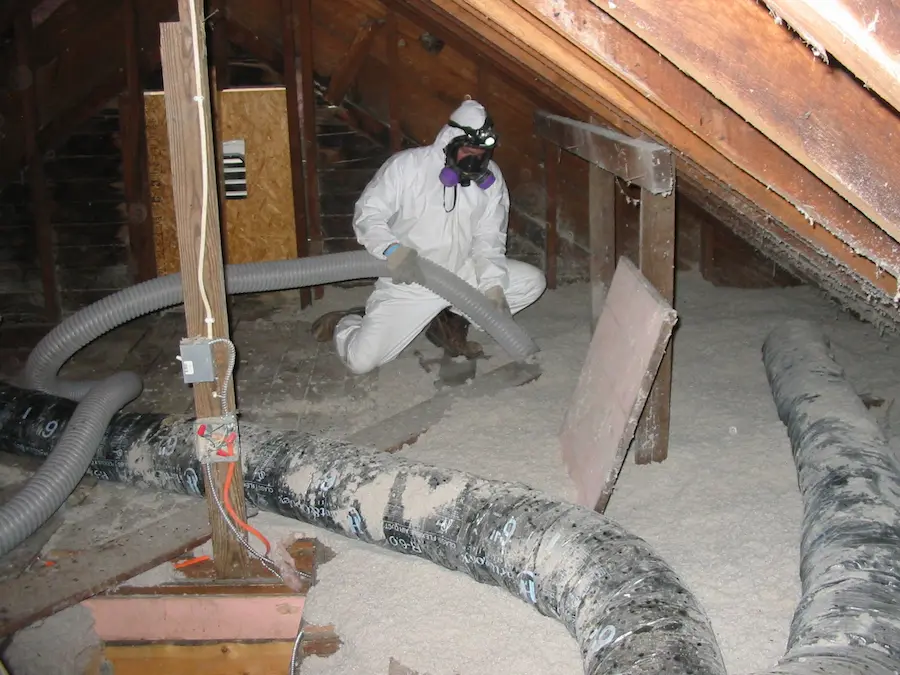
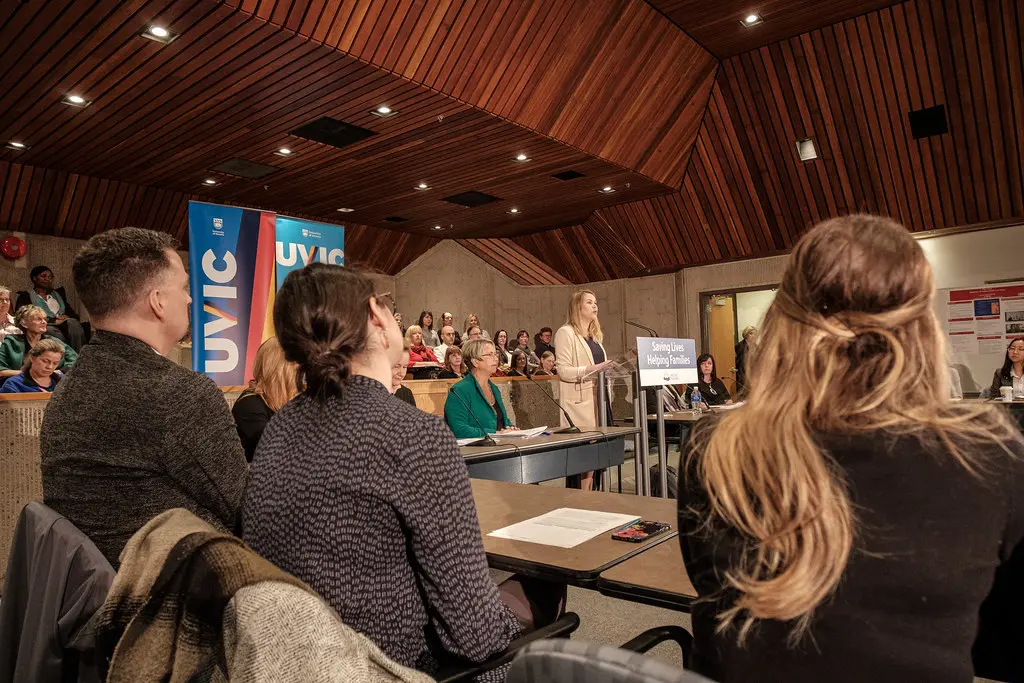

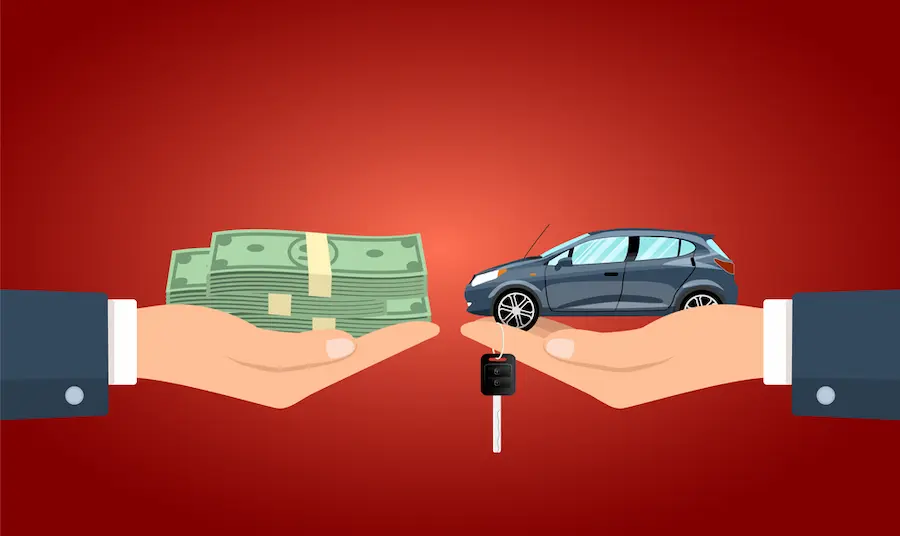



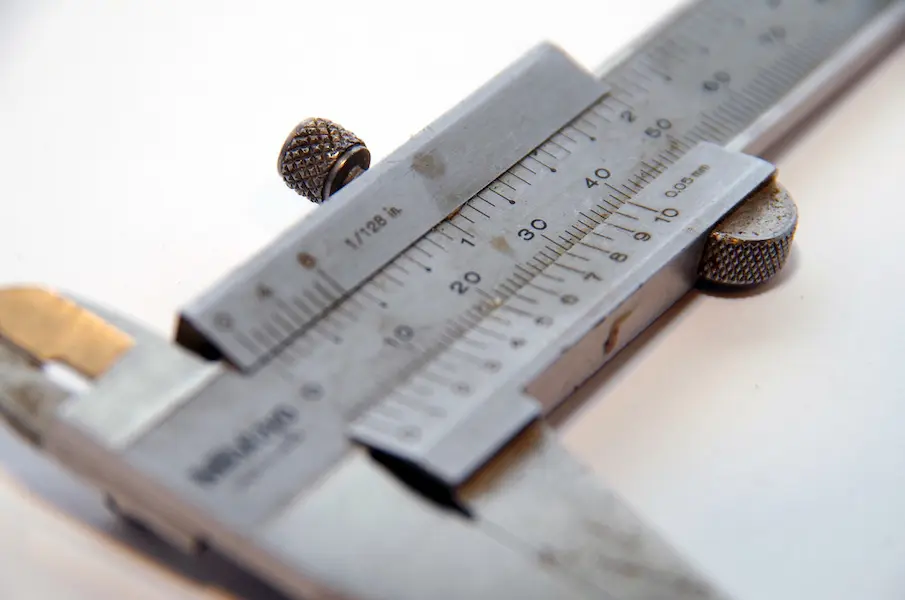
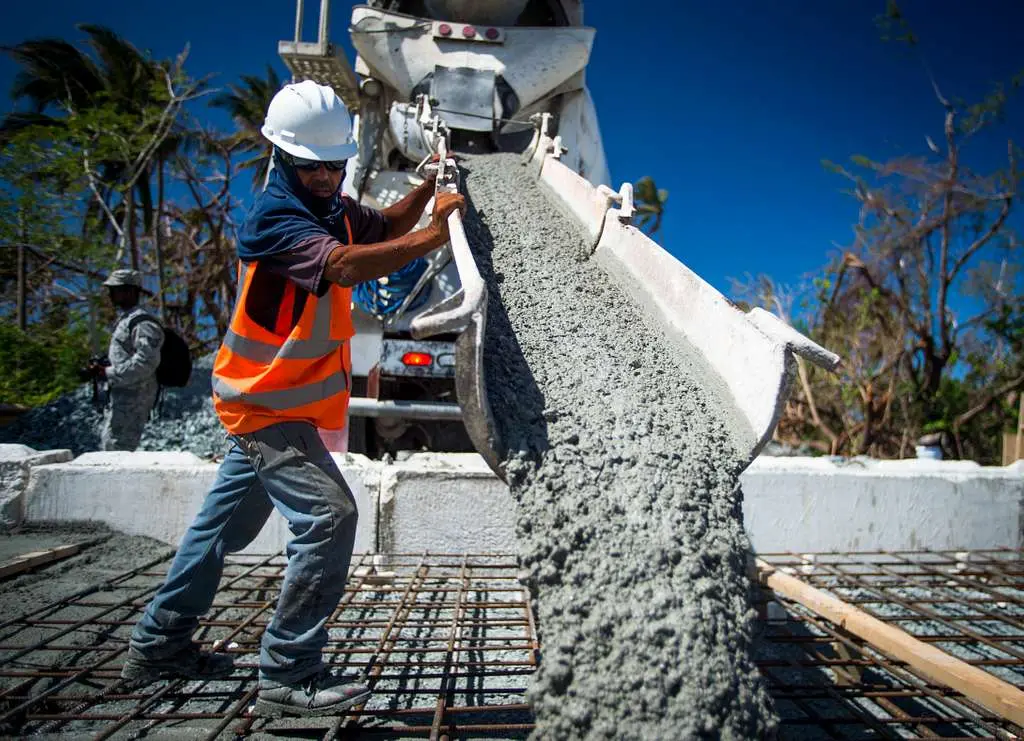










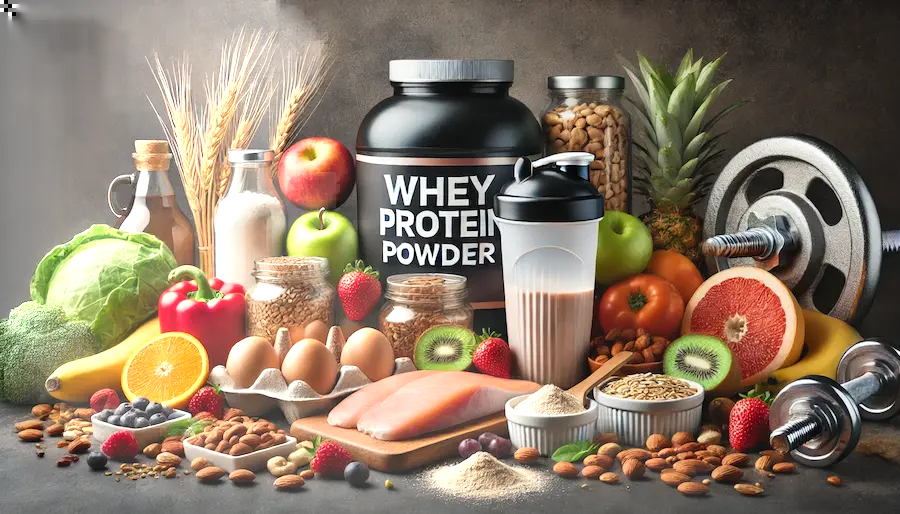






















































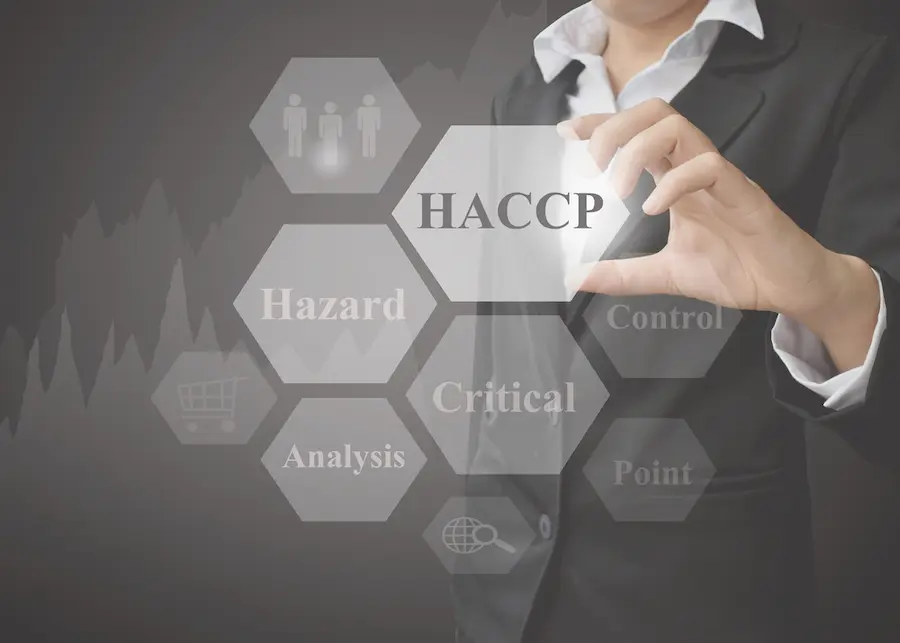












































































































































































































































































































































































































































































































































































































































































































































































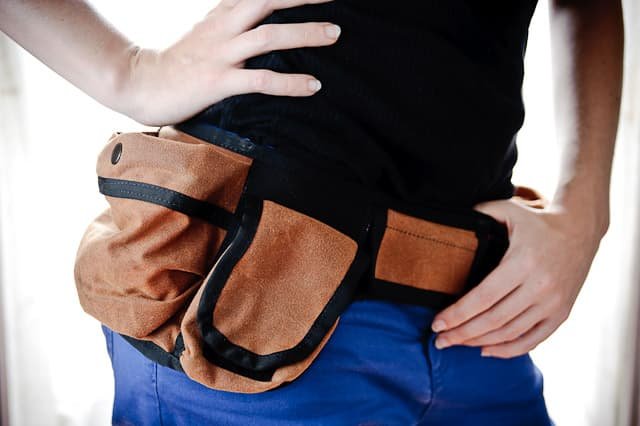
































































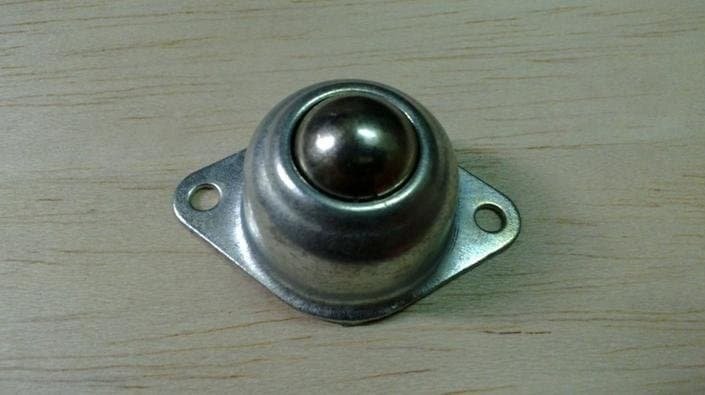

















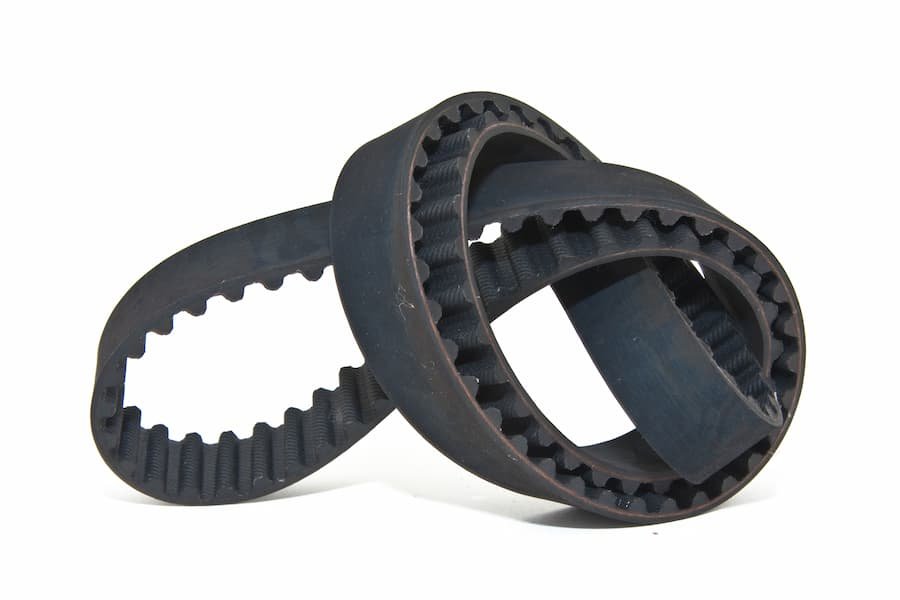



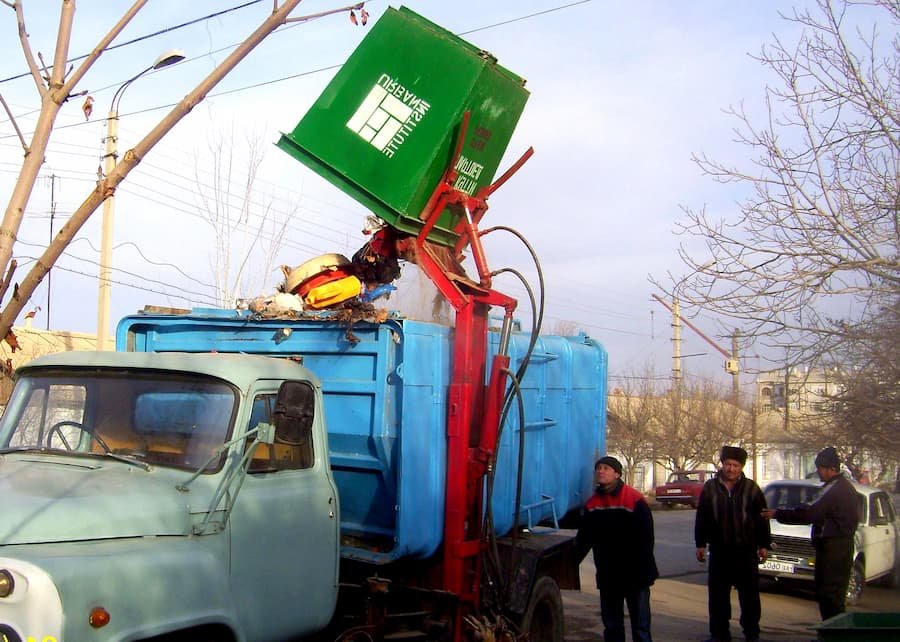








































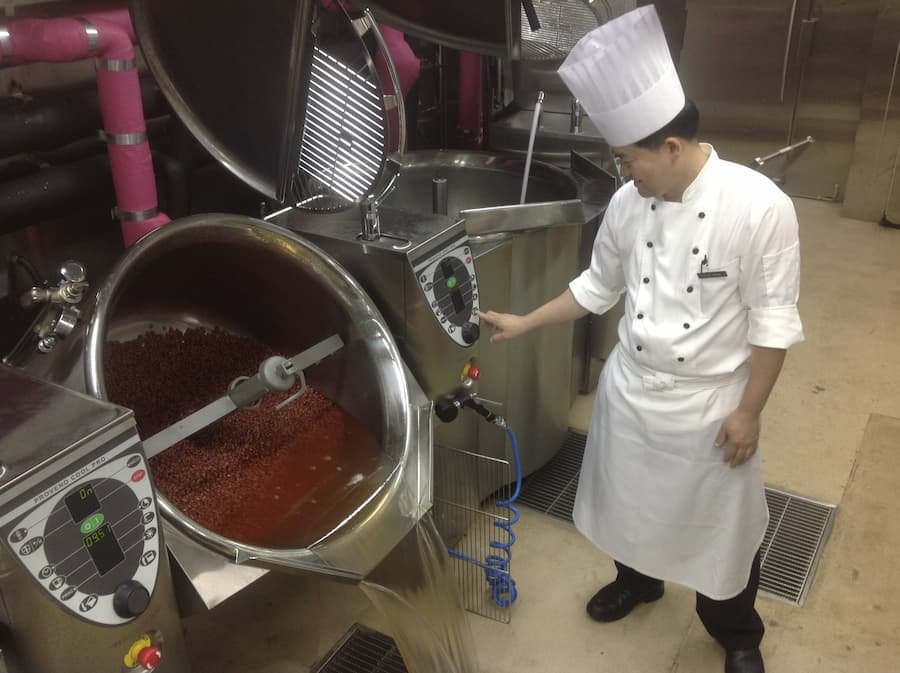




































0